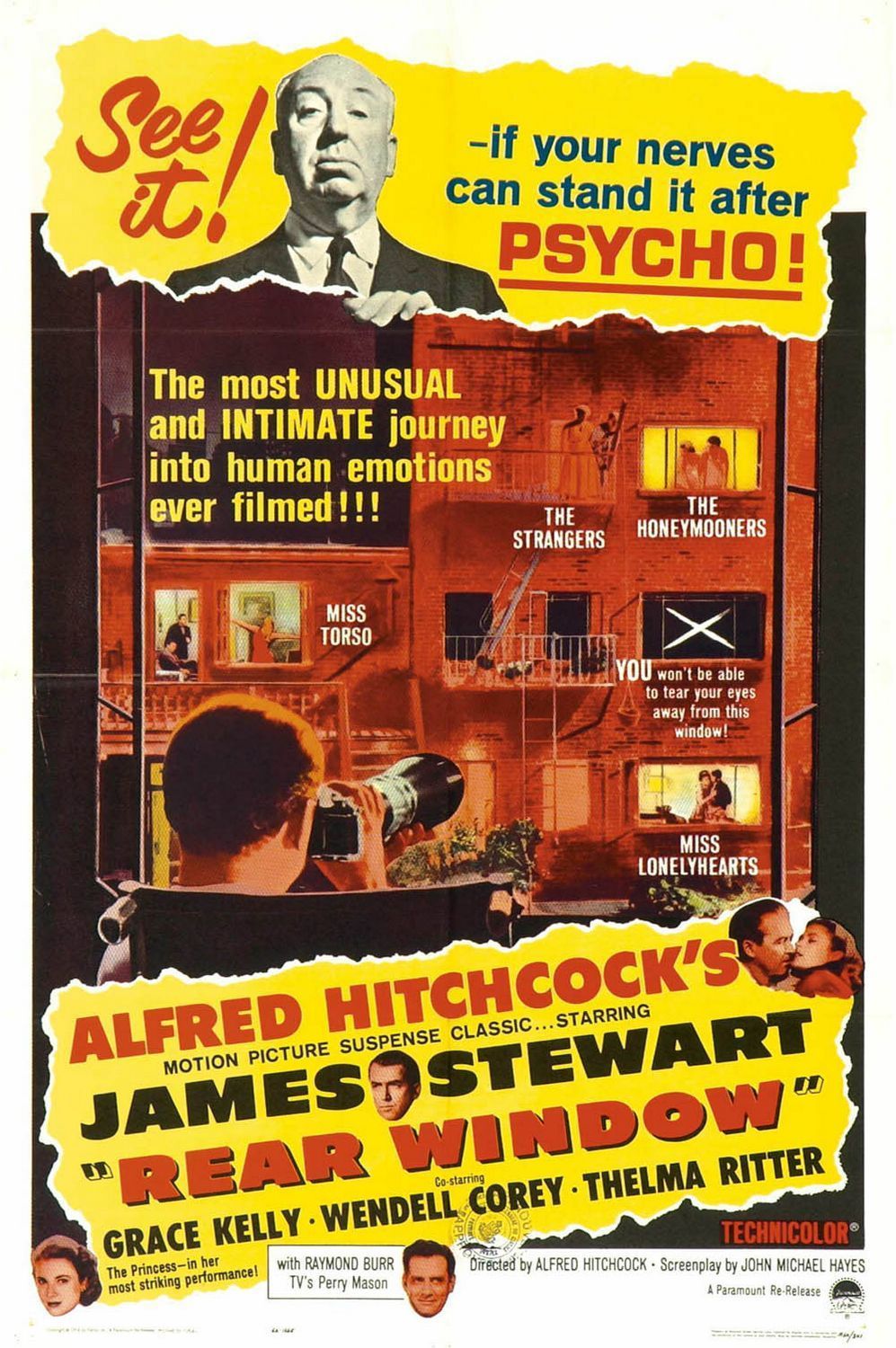There has been plenty of crossover between the two genres throughout cinema history.
WhatmakesMemento’smystery enrapturingis the structure of non-linearity.
Nolan publicly praisedPulp FictionforQuentin Tarantino’s non-linear story, so the influence is there.
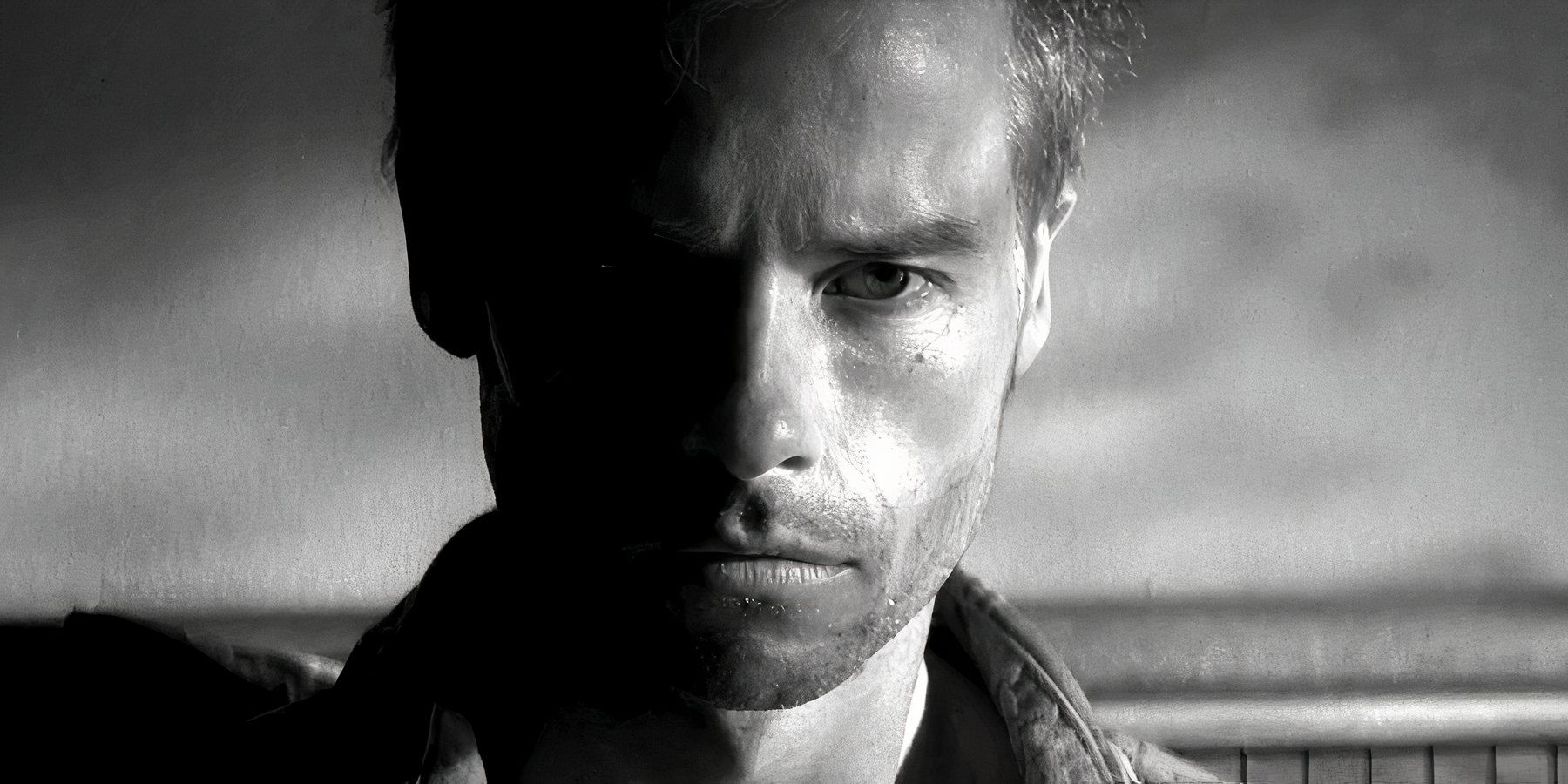
Image via Summit Entertainment
It creates a double mystery for the audience: will Leonard find the perpetrator of his wife’s murder?
How do the two narratives relate to each other?
Similarly to whatMementodoes,Blow Outoffers a double mystery, or rather one of information and pursuit.
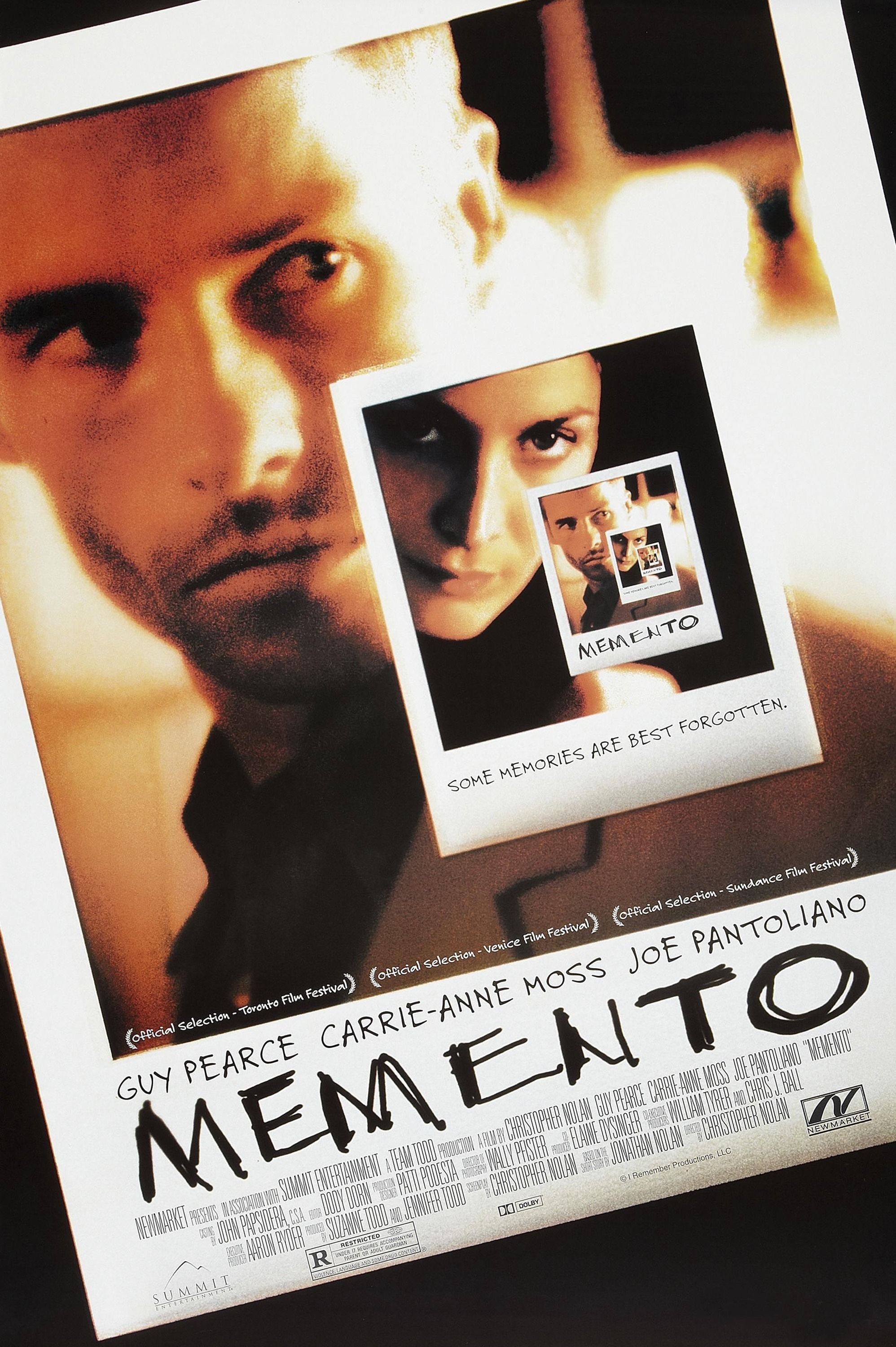
Will Jack Terry uncover the truth, or will the perpetrators silence Terry?
A bonafide classic,Blow Outis often considered amongBrian De Palma’s finest directorial efforts.
Yet, it’sLynch’s 1986 classicBlue Velvetthat remains his most straightforward, thrilling, and personal.
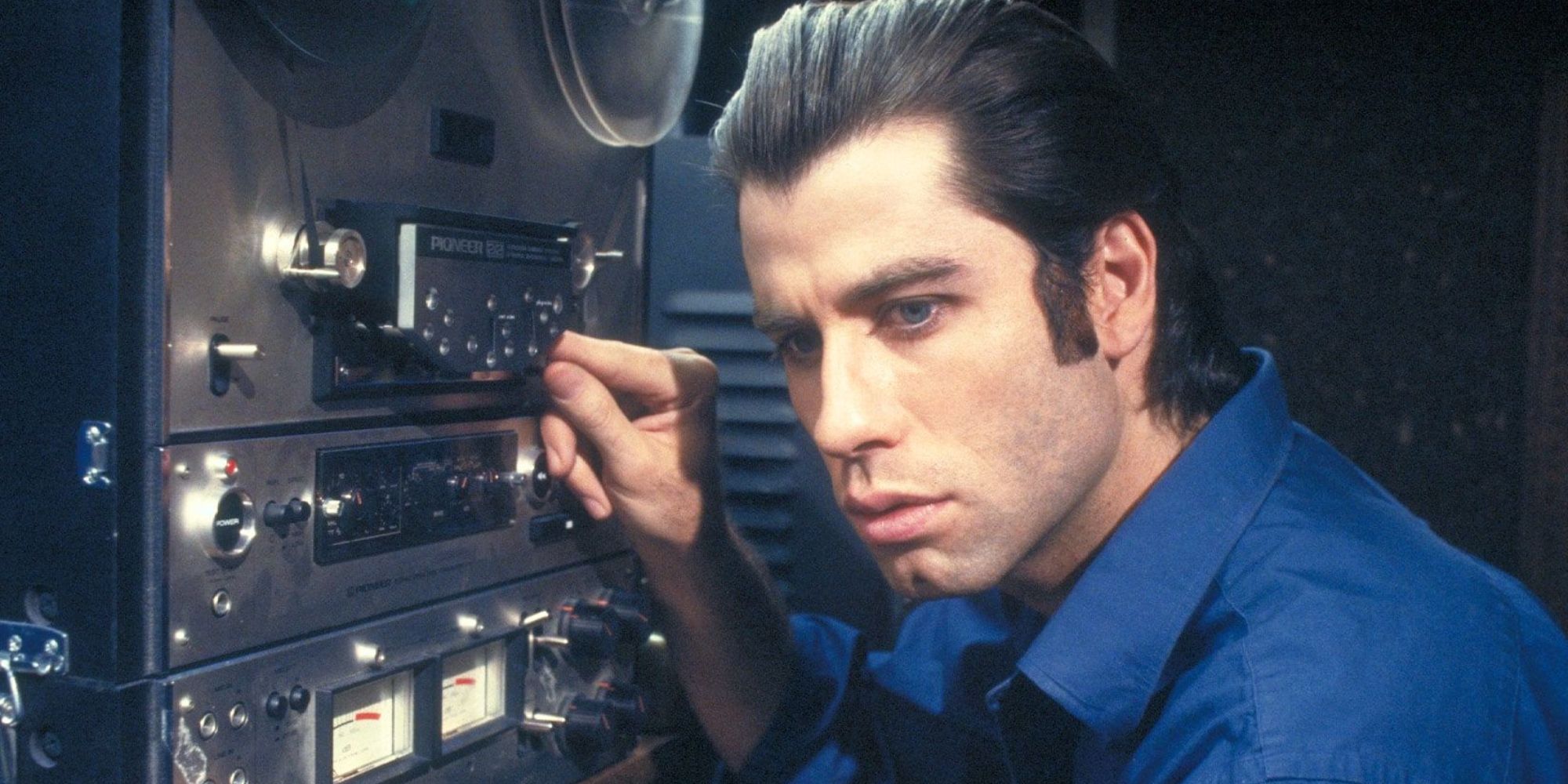
Image via Filmways Pictures
To many,Dario Argentowas the greatest giallo director.
As they delve deeper, they uncover a web of secrets and encounter more murders.
The investigation leads to a chilling revelation about the true identity of the killer.
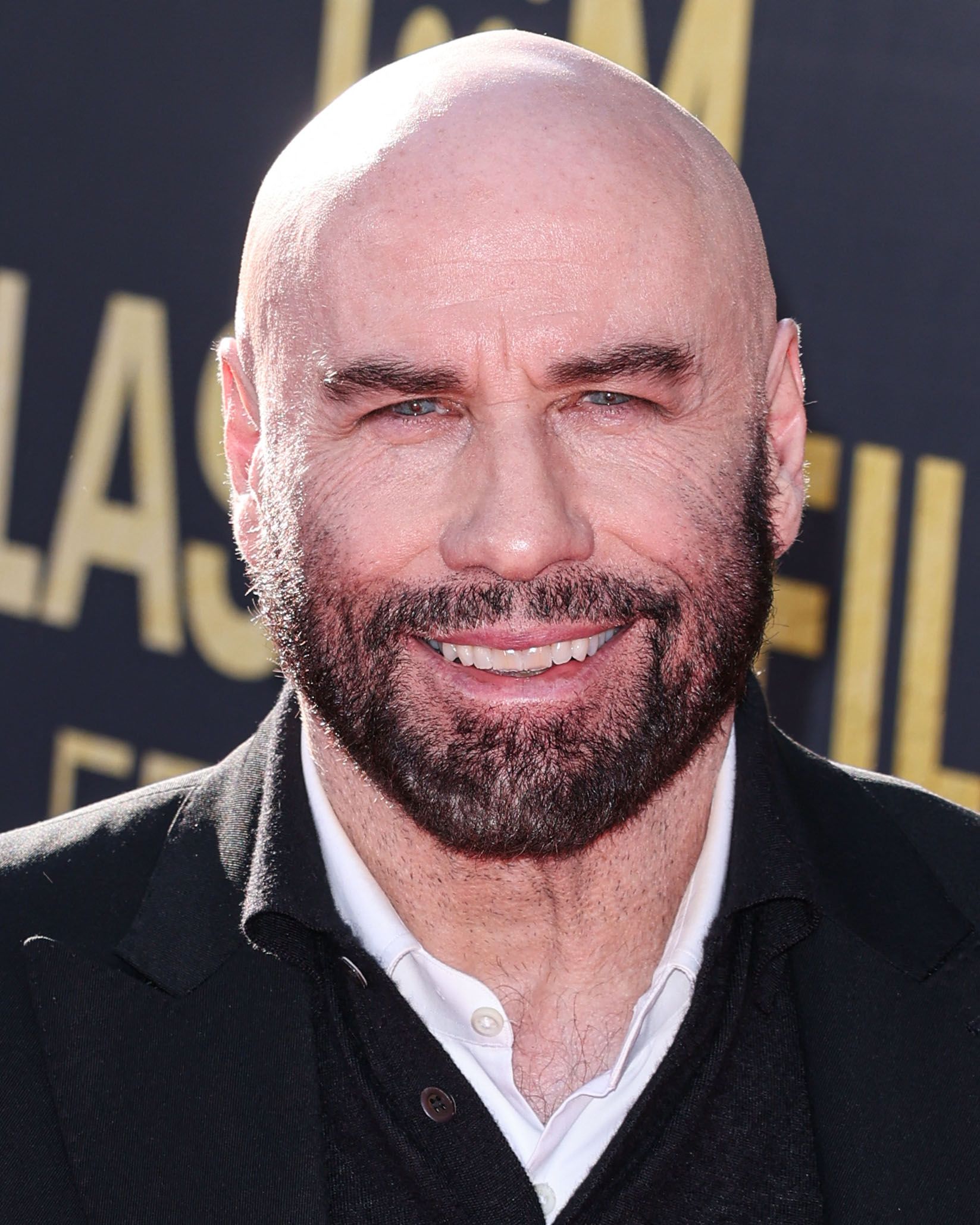
The one film that sticks out as a unique mystery thriller isCache, starring Haneke’s regularJuliette BinocheandDaniel Auteuil.
Interpreted as a film about collective memory and guilt,Cachecreates multiple mysteries.
Who sent the tapes?
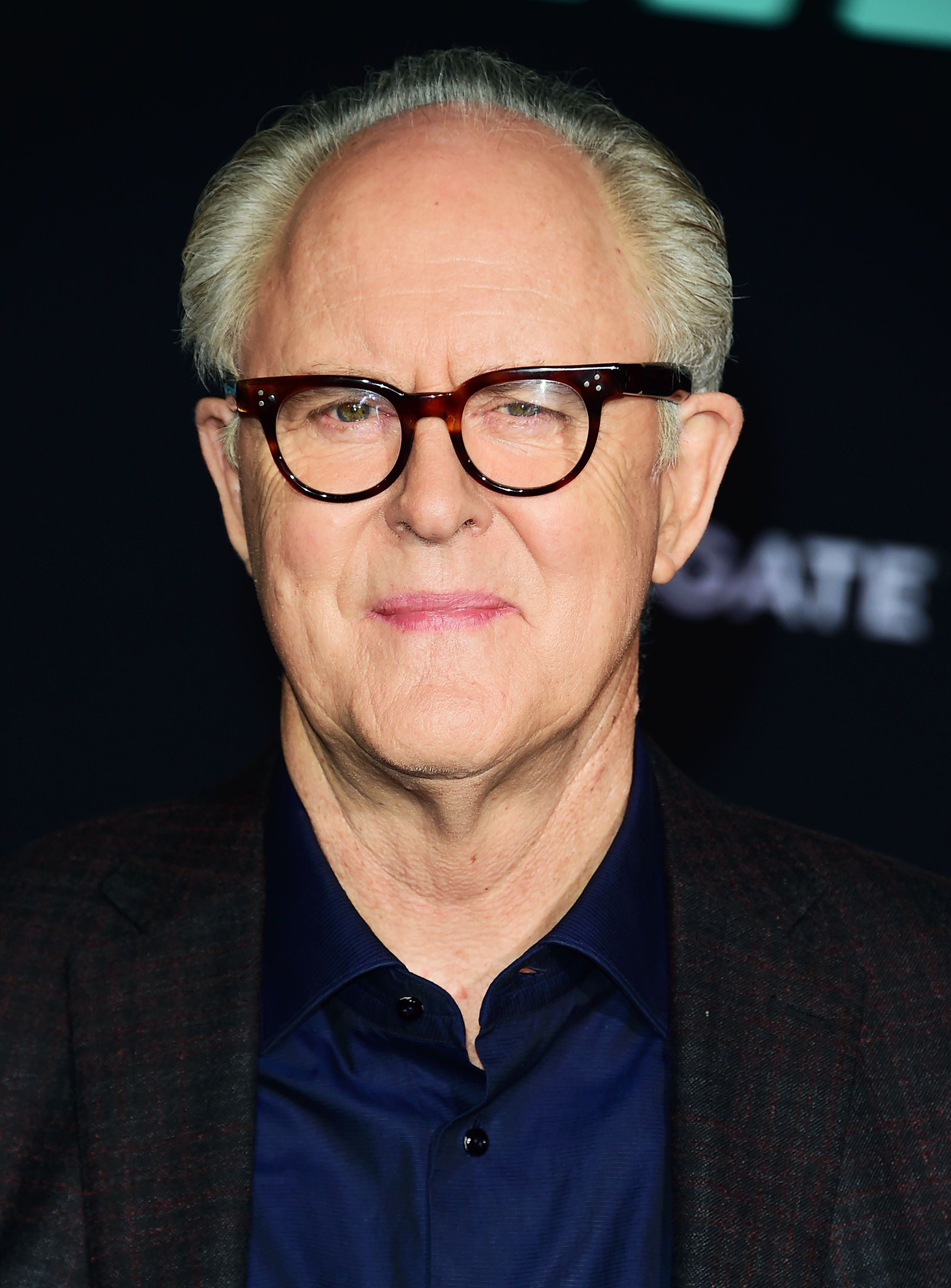
What do the memories indicate?
Are any of the memories true?
Haneke withholds information from the audience rather than utilizing dramatic irony, refusing to provide any clear answer.

Rent on Amazon
5’L.A.
L.A. Confidentialis a perfect example ofthe genre concept of the neo-noirmystery.
Sometimes, audiences can deduct what will be revealed, solved, etc.
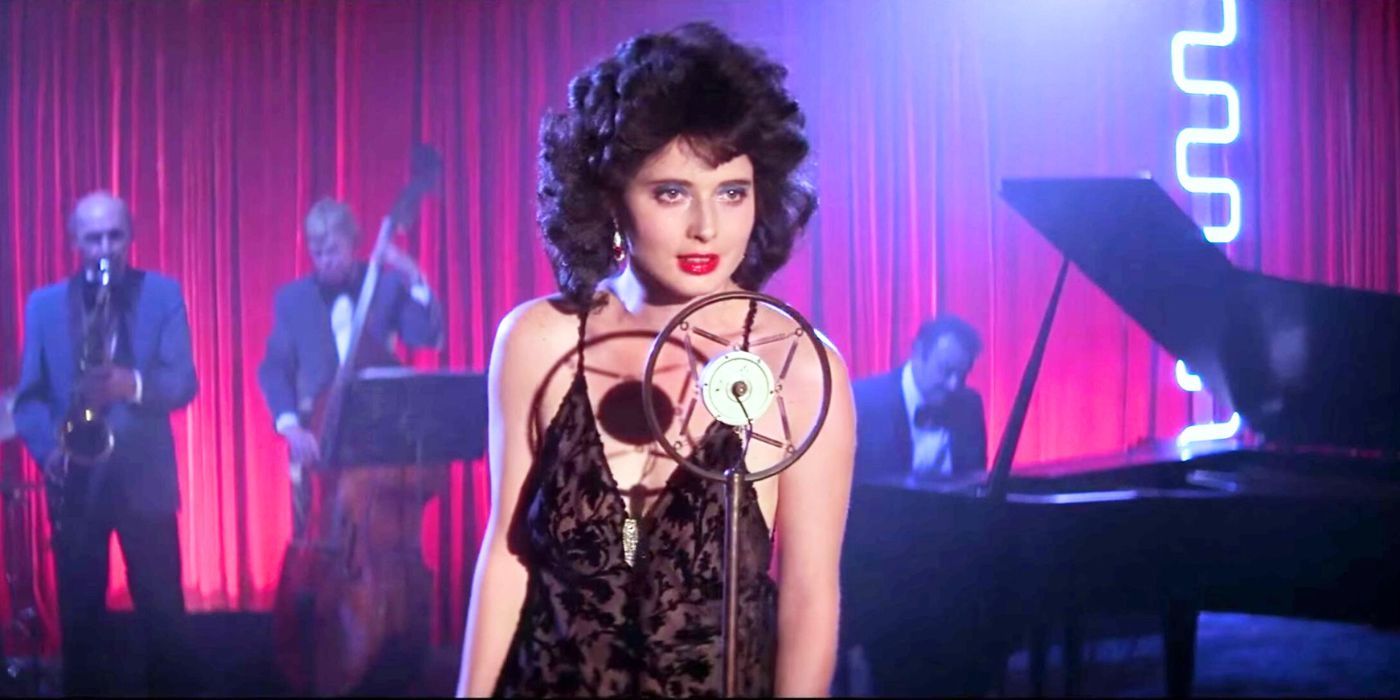
Image via De Laurentiis Entertainment Group
Changing the audience mindset from a “who” to a “how"makesL.A.
Confidentiala mystery crime thriller with more intelligence than most.
Yet, it’shis follow-up four years later that defined the visual cinematic language in mystery thrillers.
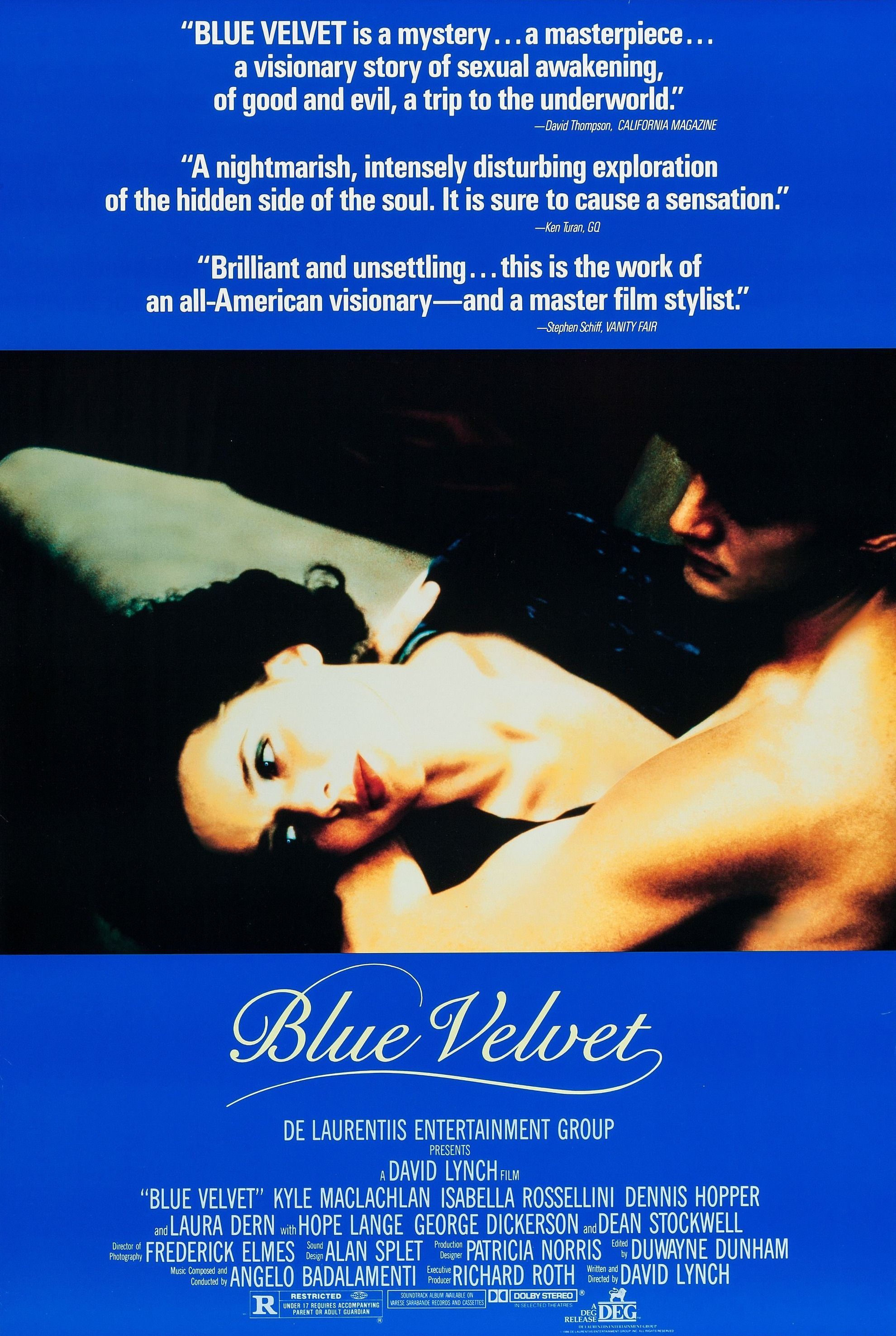
Most astounding is Lang’s ability to weave the chaotic era of the Weimar Republic into the film.
But they all stand before the masterpiece of British cinema,The Third Man.
What can be said aboutThe Third Manthat isn’t already in a Film 101 textbook?
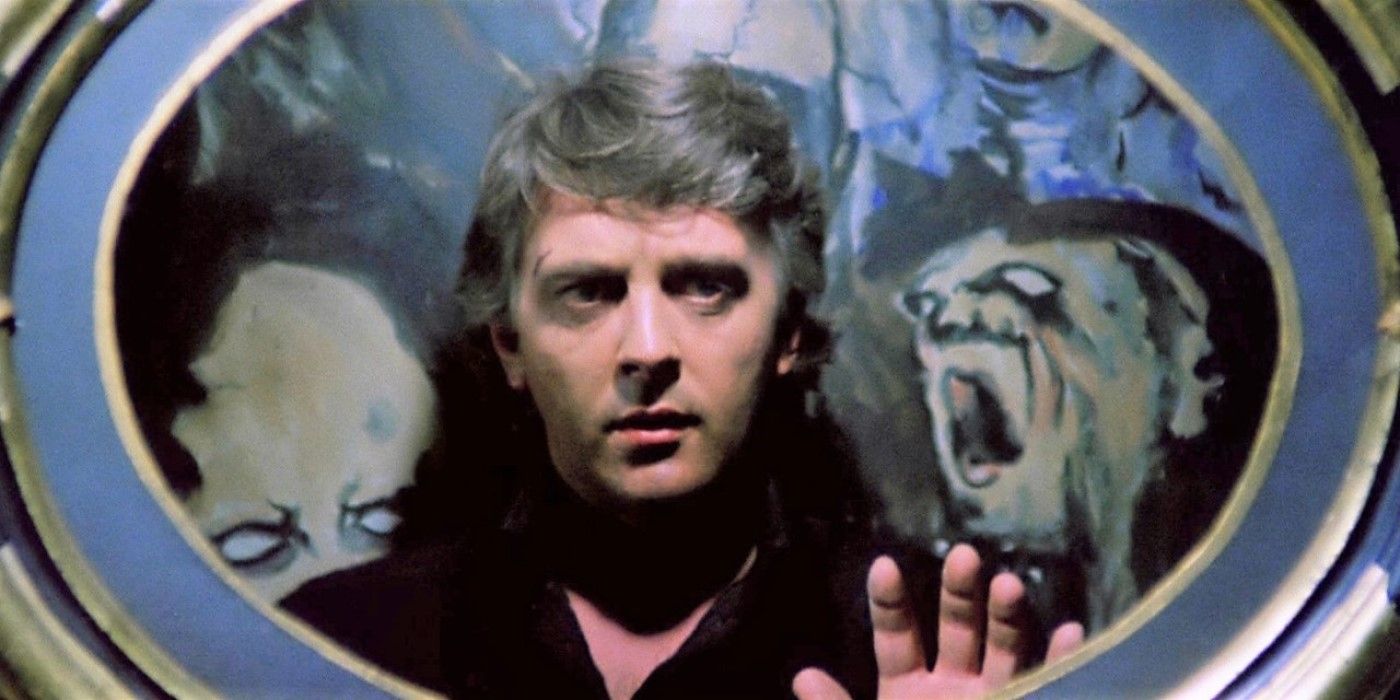
Image via Cineriz
The cinematography is atmospheric to the point of transcendence.
Cold and bombed-out production design exhaust cynicism.
Famed authorGraham Greene’s script has danger lurking around every corner.
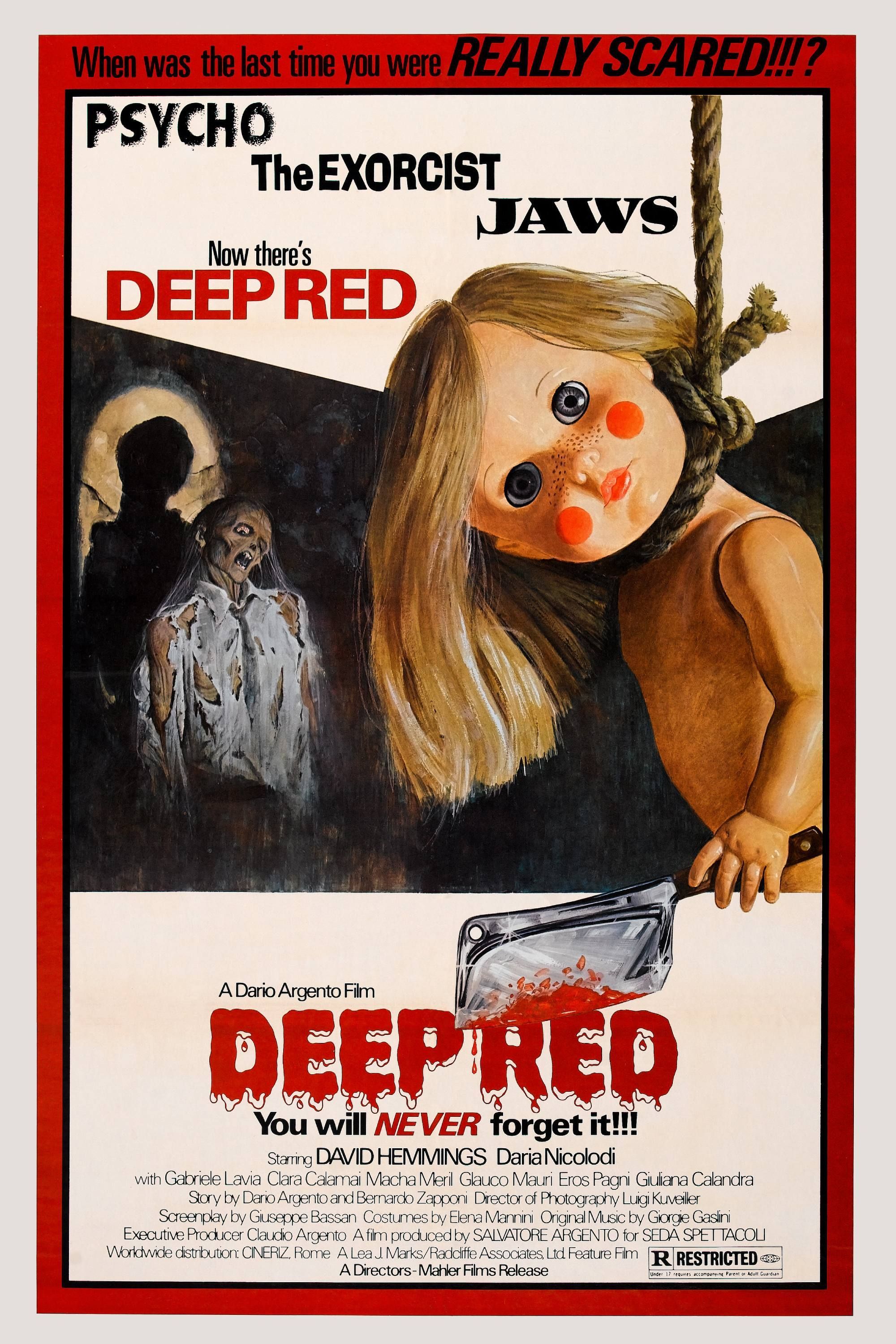
Cotten, Welles,Alida Valli, andTrevor Howardare pitch-perfect in their performances.
However, only one rises above as a straightforward yet twister mystery thriller:Rear Window.
Rear Windowis Hitchcock at its liminal peak.
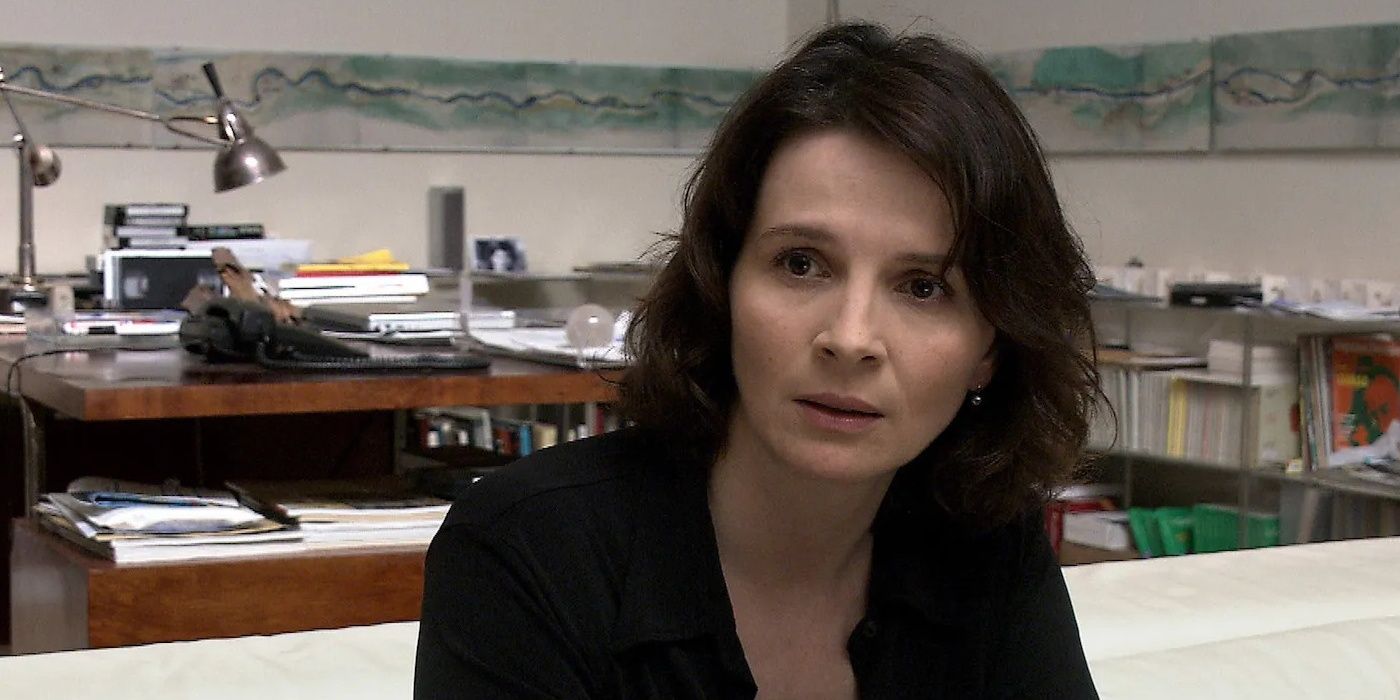
Image via Sony Pictures Classics
Setting the entire thriller in the apartment restricts safety andemphasizes the dark side of voyeurism.
Hitchcock’s camera is all about fascination with people, murder, and pleasure.
Just likeTouch of Evil,Rear Window’sopening long take reveals what the audience needs to know.
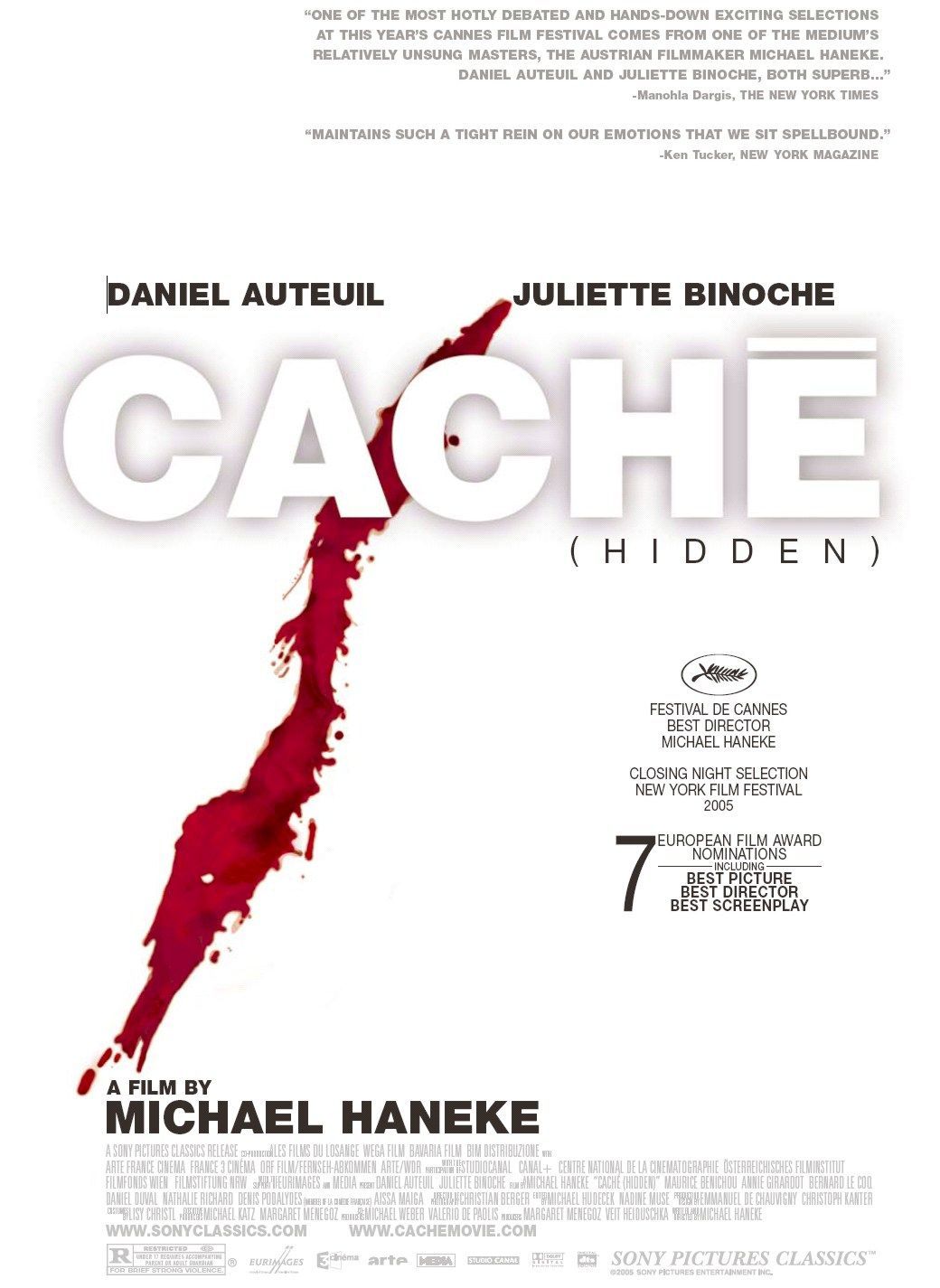
From that point on, they are directly tied to Jeffries' hip.
What Jeffries sees is what the audience sees.
NEXT:The 13 Best War Movies That Are Also Thrillers, Ranked
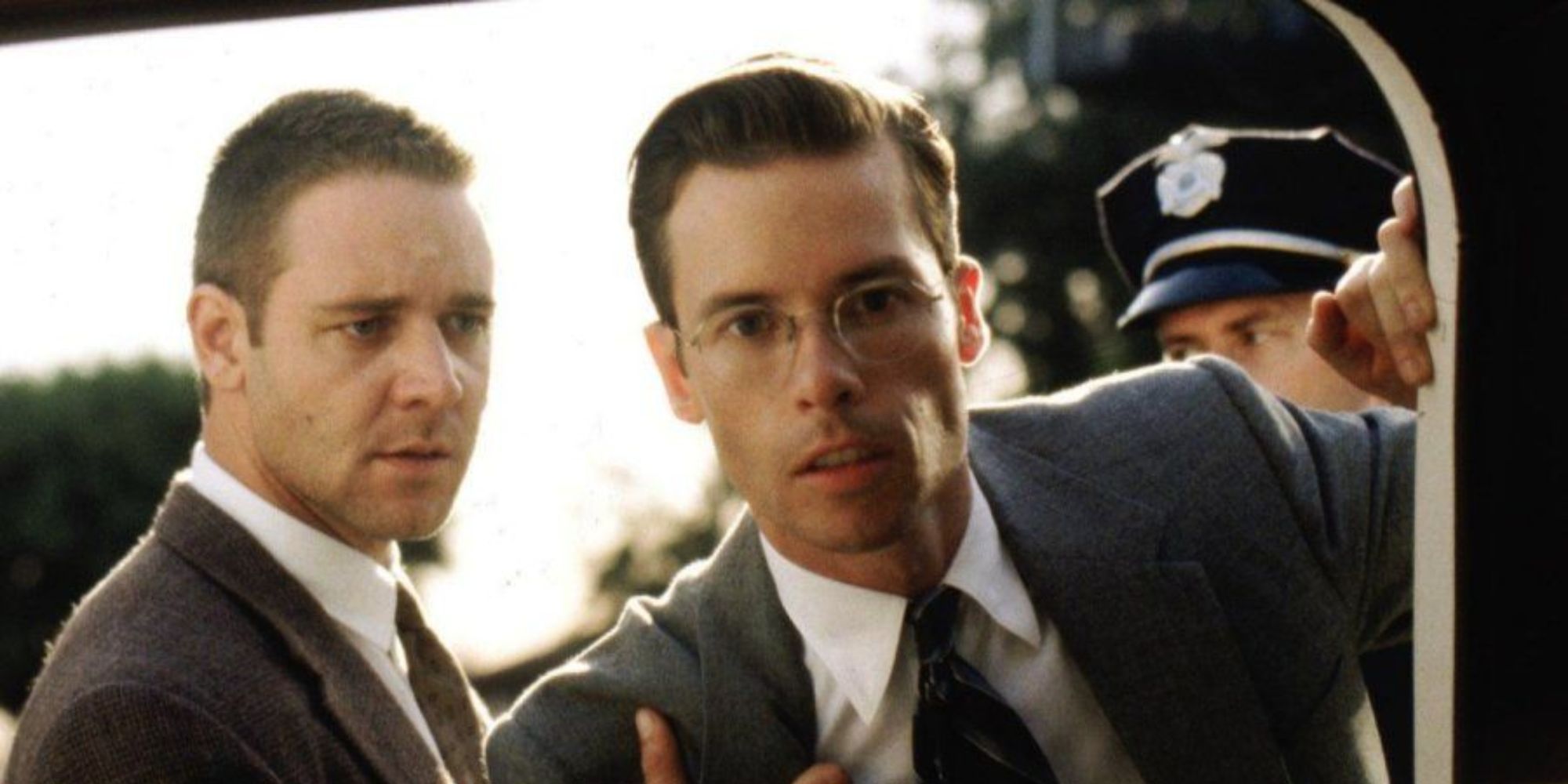
Image via Warner Bros.
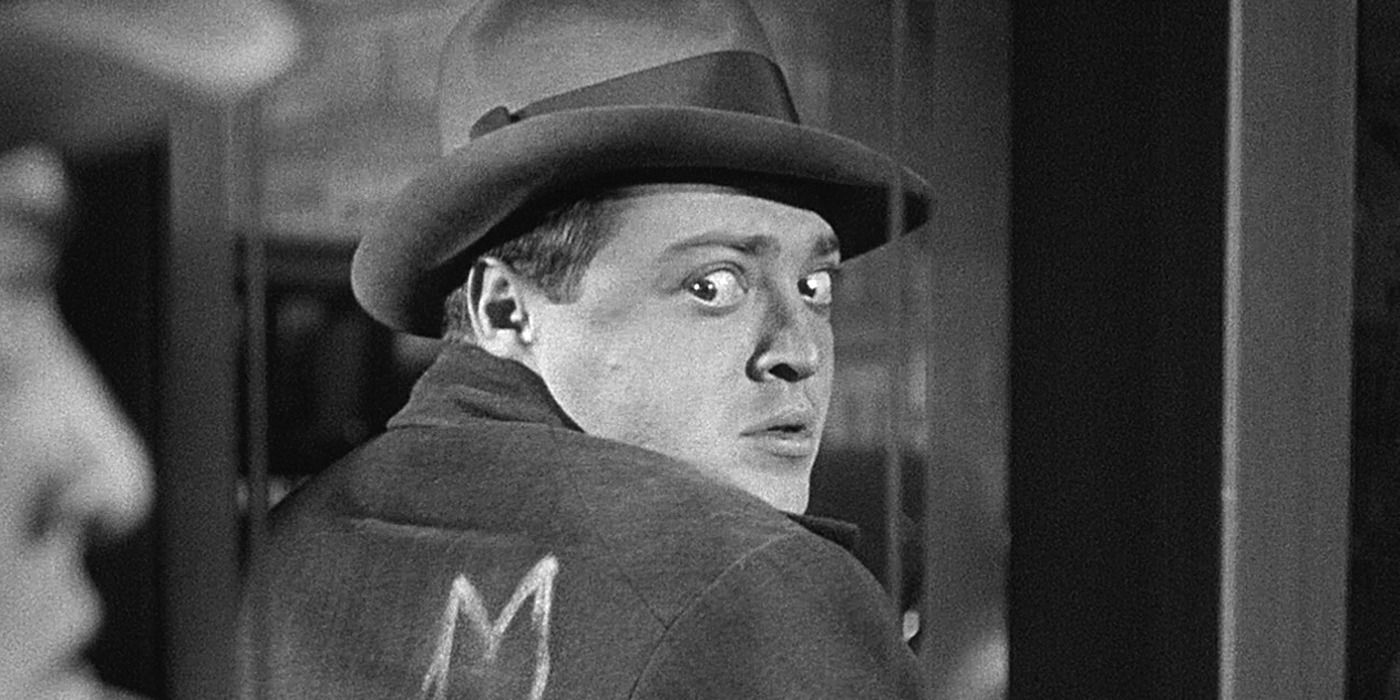
Image via Vereinigte Star-Film GmbH
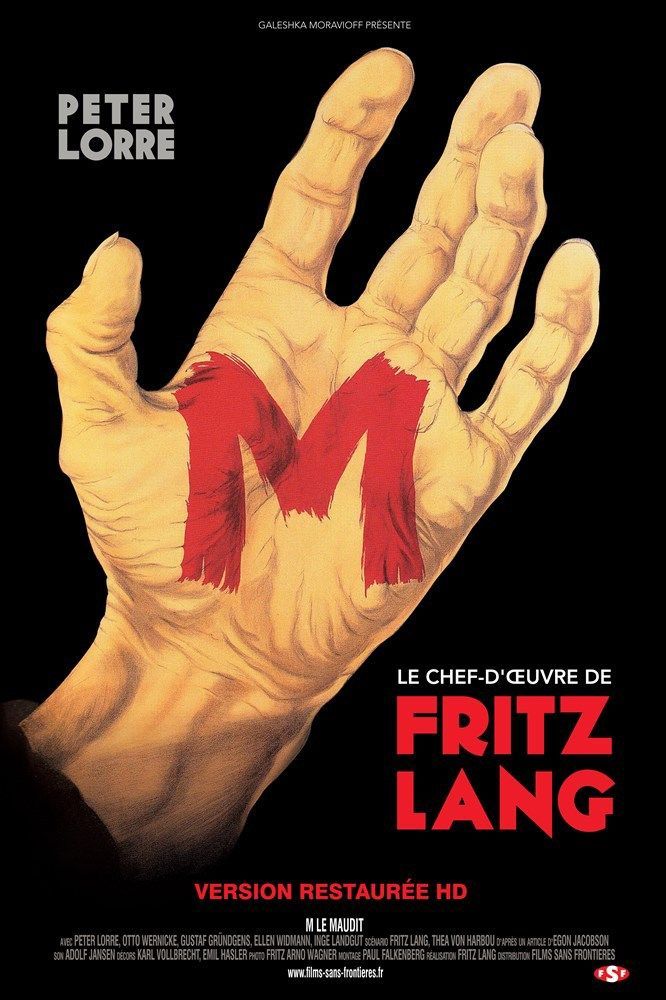
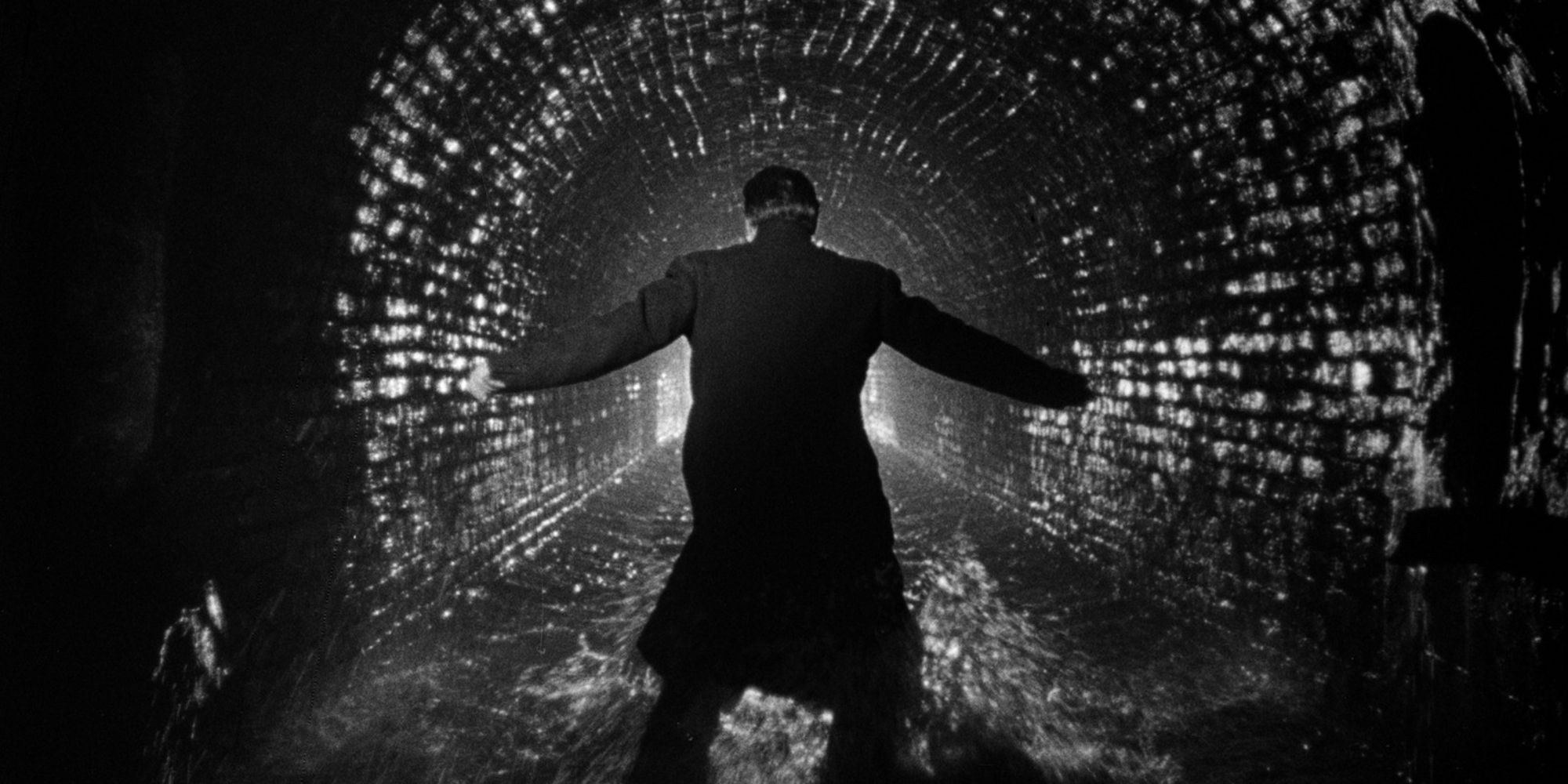
Image via Selznick Releasing Organization
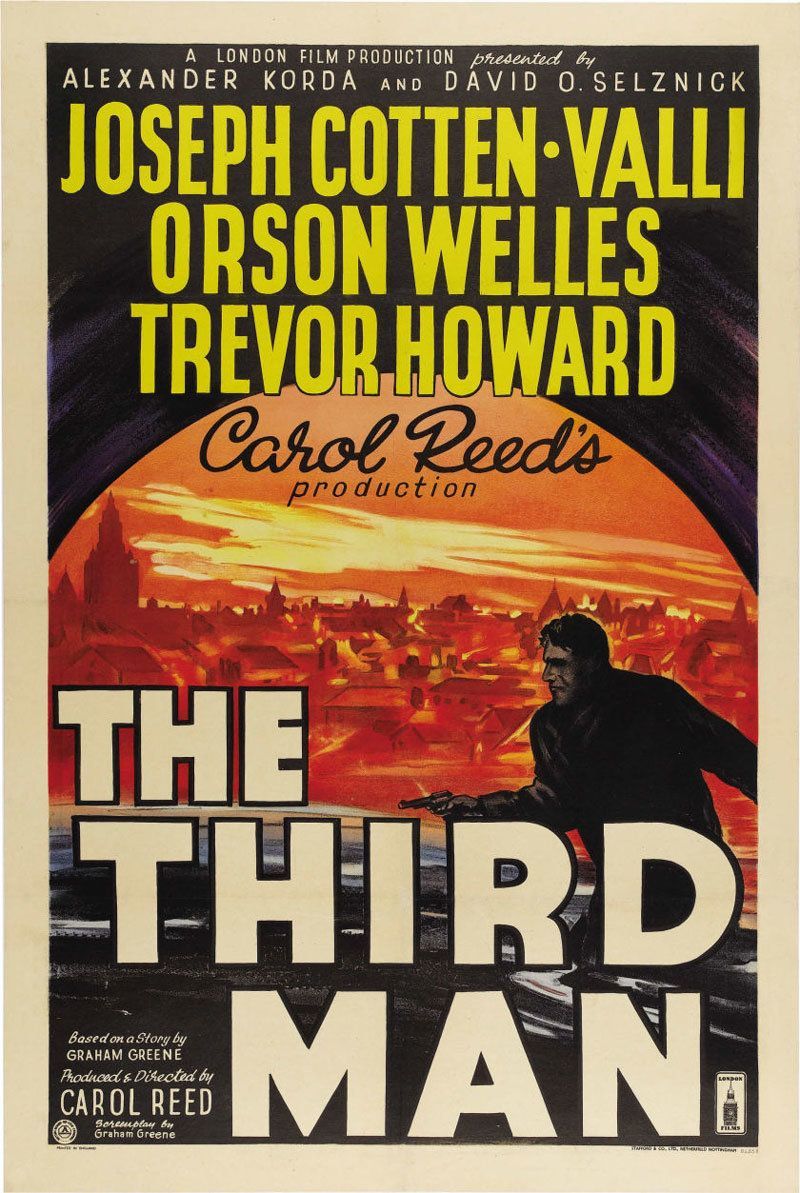
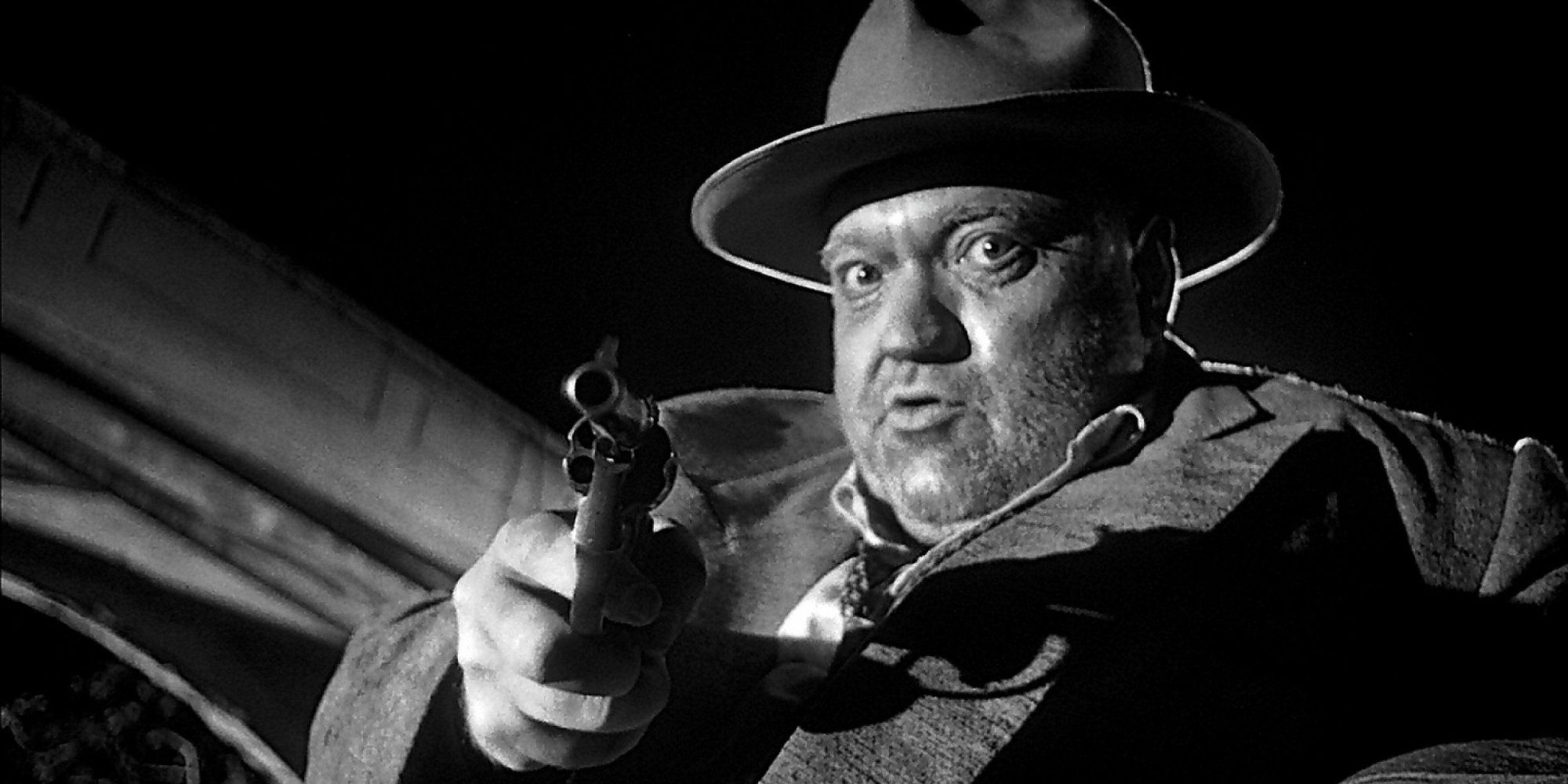
Image via Universal Pictures
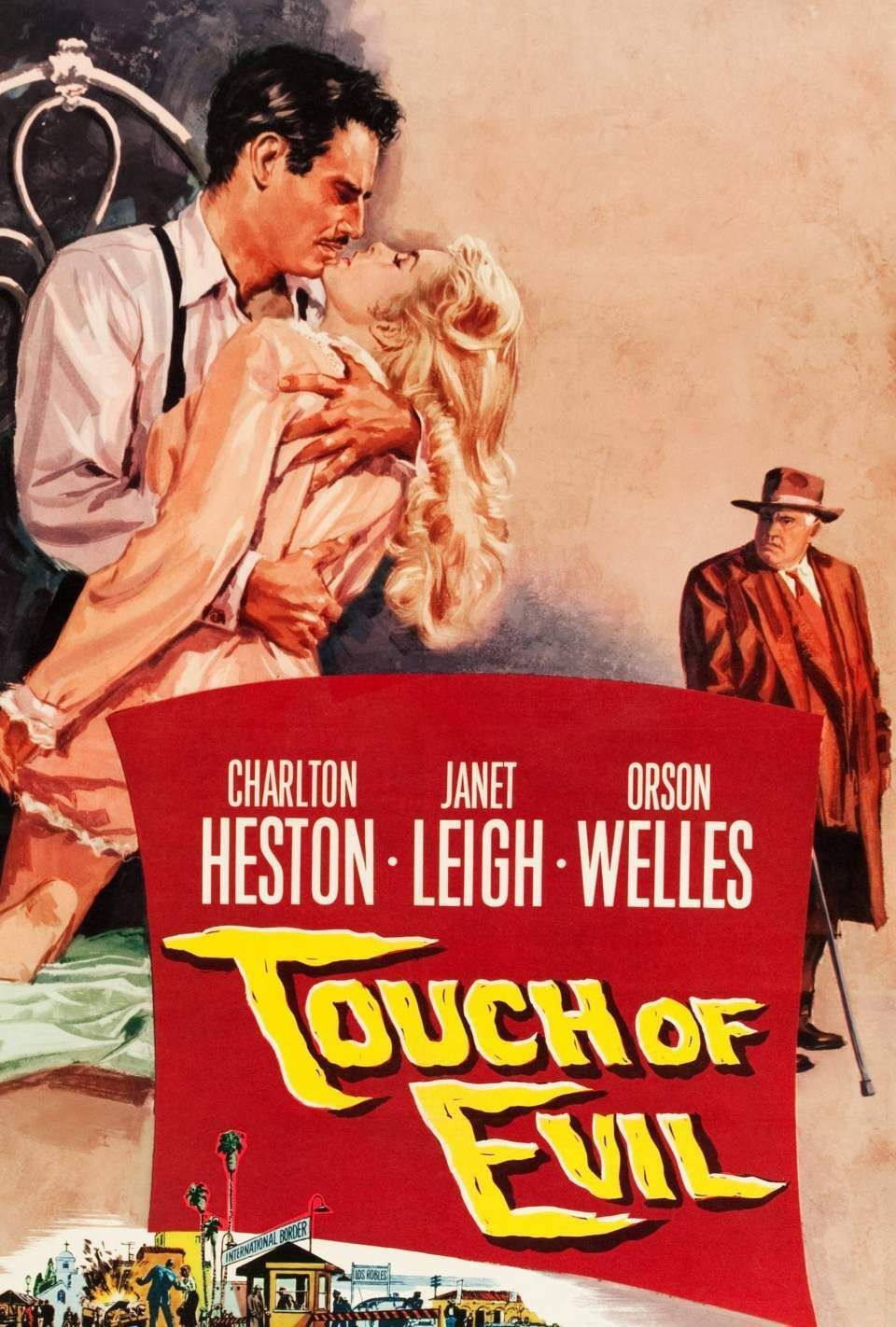
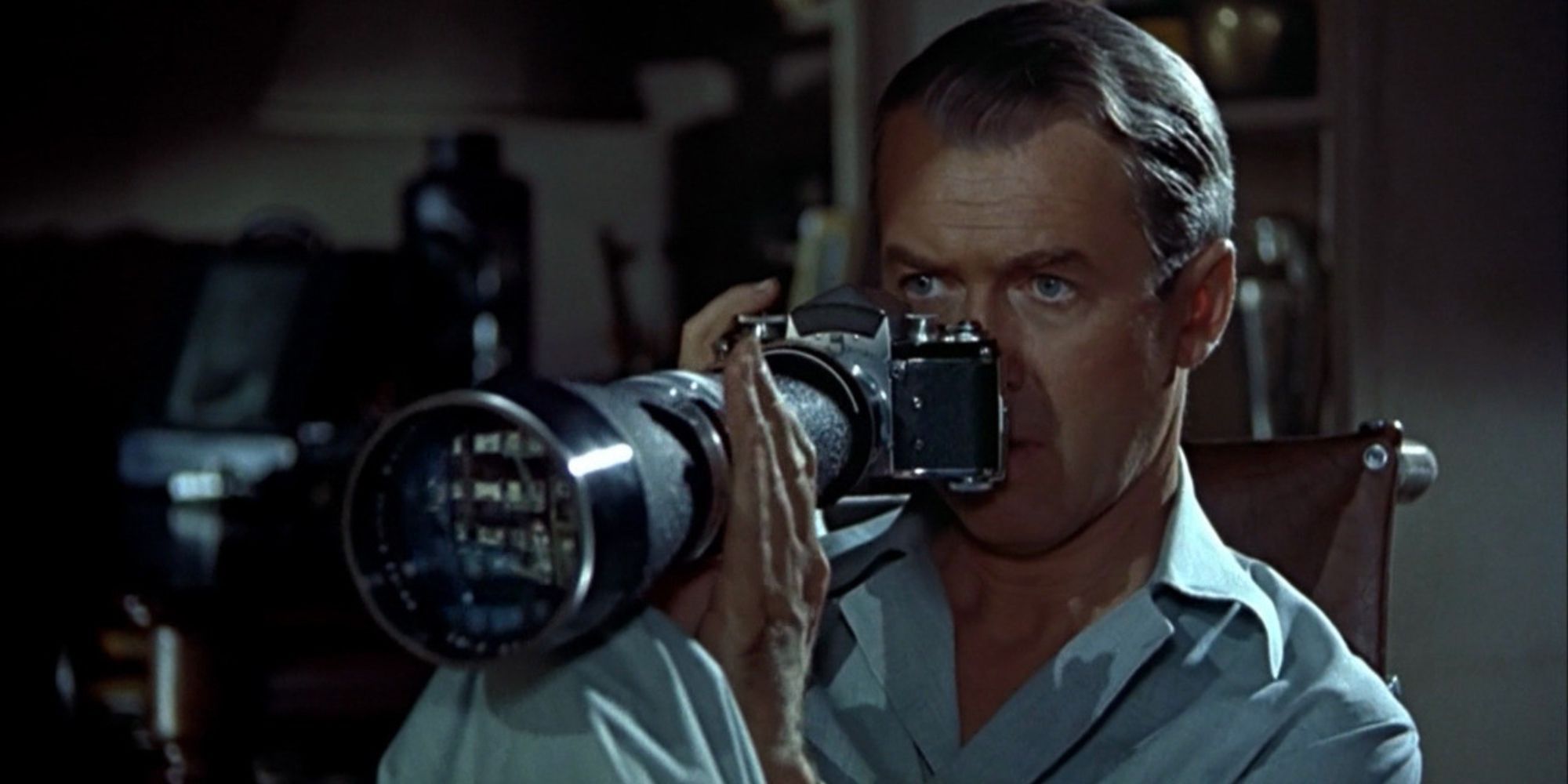
Image via Paramount Pictures
